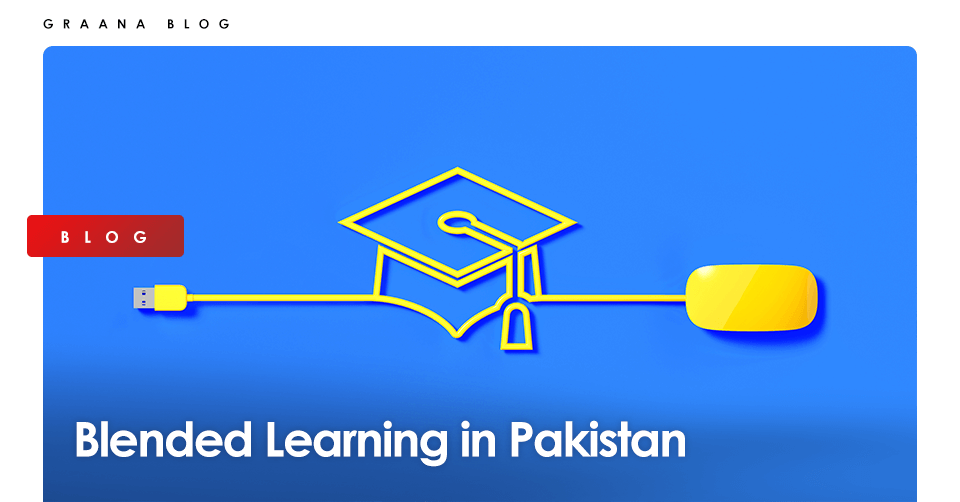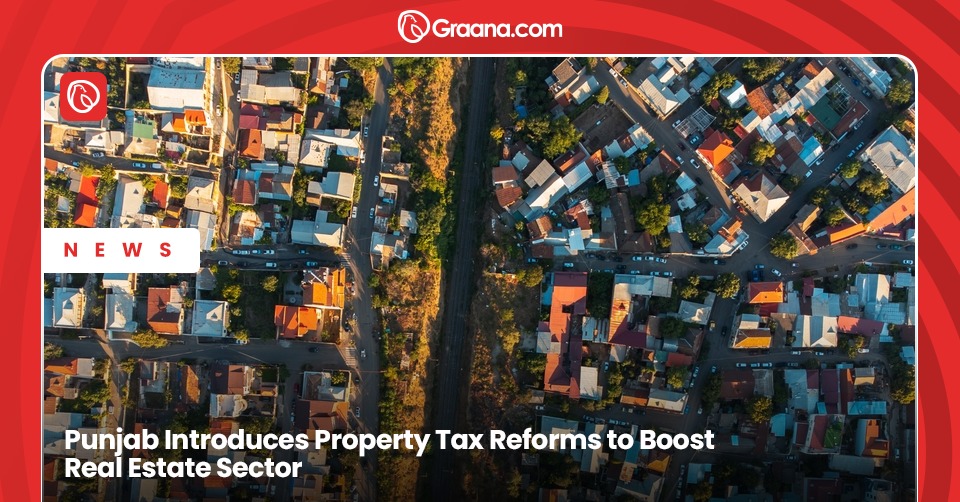“The students of the future will demand the learning support that is appropriate for their situation or context. Nothing more, nothing less. And they want it at the moment the need arises. Not sooner, not later. Mobile devices will be a key technology for providing that learning support.” – Dr. Marcus Specht, Professor of Advanced Learning Technologies, Open University of Netherlands.
This quote perfectly summed up the need for blended learning in our educational institutes. With the advancements in science and technology, we must incorporate the latest teaching methodologies in our educational systems. Without an up-to-date teaching system, the children will not be able to gain the knowledge that is needed to help them survive in a fast and competitive world. To broaden the horizons of the knowledge of the children, it is mandatory to expose them to the latest technologies and learning experiences.
One of the best ways to help the children excel in their academic lives is through the integration of blending learning. Blending learning in Pakistan is something new and different. In this blog, we bring you a concise yet informative guide related to blended learning in Pakistan.
To know more about blended learning in Pakistan, please keep reading.
What is Blended Learning?
According to a very famous definition offered by Wikipedia,
“Blended learning is an approach to education that combines online educational materials and new opportunities for interaction online with traditional place-based classroom methods. It requires the physical presence of both teacher and student, with some elements of student control over time, place, path, or place.”
Types of Blended Learning
“You can’t teach people everything they need to know. The best you can do is position them where they can find what they need to know when they need to know it.” – Seymour Papert, MIT mathematician, educator, and computer scientist.
Having said that, blended learning is a very vast concept and can be divided into further categories.
- Station rotation and lab rotation
- Remote blended learning
- Flex model
- Flipped classroom
Station rotation and lab rotation
In this method, the students rotate to different stations such as different labs where they get different kinds of online education. For example, in a traditional biology class, the students will be asked to rotate in labs to visualize the biological components they were studying.
Remote blended learning
This program is also known as an enriched visual learning program. Unlike a 100% online program, this specific program helps the students to complete most coursework online but requires learners to come to an educational institute for face-to-face interaction with the teacher as well.
This type of blended learning is quite popular in Pakistan and widely practised in many schools, colleges, and universities.
Flex model
In this model, the student completes coursework online, but in a classroom with an instructor. The students work at their own pace whereas the instructor is available to answer questions of the students.
Flipped classroom
In this interesting model, students complete online coursework at home to gain new knowledge, and class time with the instructor is used for higher-level thinking tasks, such as discussions and creative projects.
Higher degrees in Pakistan such as masters degrees and doctoral degrees use this model of blended learning.
Self-directed blended learning
As the same suggests self-directed blended learning is primarily controlled by the learner or the student himself. In this method, students use a combination of online and face-to-face learning methods to guide their personalized inquiry, achieve formal learning goals, connect with mentors physically and digitally. In this method, usually, there are no formal online courses to complete, and both student and teacher work at a flexible pace.
Inside-out blended learning
In this type of blended learning, learning experiences are taken beyond the scope of the physical classroom. However, benefits are extracted equally from both physical and digital spaces.
Supplemental blended learning
In this model, students complete either entirely online work to supplement their day-to-day face-to-face learning, or entirely face-to-face learning experiences to supplement the learning gained in online courses and activities. In short, both alternatives are available in this type of blended learning.
This method is currently being used in Pakistan, especially during the global pandemic when the educational institutions are being closed on and off.
Pros and Cons of Blended Learning
Now, let’s have a look at some advantages and disadvantages of blended learning in Pakistan.
Pros of using blended learning
- First of all, blended learning provides individualized learning experiences for the students. Every student gets his personalized instructions which cater to his needs and help him in becoming a better human being.
- This method is highly flexible and convenient. The students get access to helpful online resources which they can use anytime and anywhere, that too without any cost.
- Blended learning has increased accessibility. The teachers and students can reach out to one another anytime and anywhere.
- The students get to use all digital materials. These can include scholarly libraries to online essay databases at any time they need.
- Blended learning is a very interactive mode of learning where students and teachers get a chance to communicate with each other using video conferencing and other online tools.
- Parents can have more parental control over their children and over what their children are doing at educational institutions. This mode of learning provides better support, communication, and control over the process.
- Blending learning comes with a lot of flexibility. The students learn beyond their classroom setting. In short, the students spend more time learning.
- Research and interviews of different teachers showed that this method of learning made them better teachers. According to the Some Benefits and Drawbacks of Blended Learning written by William Huntsberry for KQED News, college teachers claim that blended learning motivates them to create lessons on the fly, make plans for students individually, and help them learn.
Cons of using blended learning
Like everything else in the world, blending learning also comes with some drawbacks and limitations such as:
- For countries like Pakistan where technology and gadgets are not so common, blended learning may lose its essence. The main reason behind this drawback is the fact that Pakistan is a country that lacks digital literacy on the student level as well as teacher level. For many of them, not all digital resources are reliable and easy to use.
- Blended learning may make teachers overburdened. No doubt, blended learning comes with an additional workload. The teacher has to go beyond their capacity to pick the most suitable syllabus catered for every student. Similarly, students may experience cognitive overload too.
- Most importantly, most of the online resources are open for all. However, their credibility and plagiarism are a big question mark. There are a lot of online sources that may not contain credible pieces of information. This may affect the learning experiences of the students.
“In times where small instructor-led classrooms tend to be the exception, electronic learning solutions can offer more collaboration and interaction with experts and peers, as well as a higher success rate than the live alternative.” – Keith Bachman, Corporate eLearning Executive, W.R. Hambrecht and Assoc.
Scope of blended learning in Pakistan
Blended learning is the talk of the town. Like other countries, Pakistan is also taking initiatives to introduce blended learning in Pakistan. During the era of the global pandemic, the government must introduce flexible teaching methodologies in Pakistan such as blended learning.
With this hybrid model, the students will be able to learn through traditional classrooms as well as online methods.
Many international vendors are helping Pakistanis to implement blended learning in the country. One such vendor is based in Singapore. The initiative will focus on education technology, content creation, and community development. Their program is known as “ultra bot” and will empower students as well as teachers. This platform will give detailed insights into student progress and activities, teacher-to-teacher discussions on educational topics, teaching tips and tricks, and resource recommendations.
So, these are some of the key insights we wanted to share with our valuable readers. No doubt, blended learning is an amazing blend of traditional teaching methods and technology. With the help of this unique mix, the teachers and students will be able to benefit a lot. We are living in an uncertain time where a global pandemic has fallen upon us. Due to Covid-19, the framework of the traditional education system has been disrupted completely. However, innovative educational methods such as blended learning have helped the students to stay on track and excel academically.
We hope you liked the blog. If you have any questions or feedback regarding blended learning in Pakistan, please reach out to us by using the comment section below. We will be more than glad to hear from you.
Happy learning!




